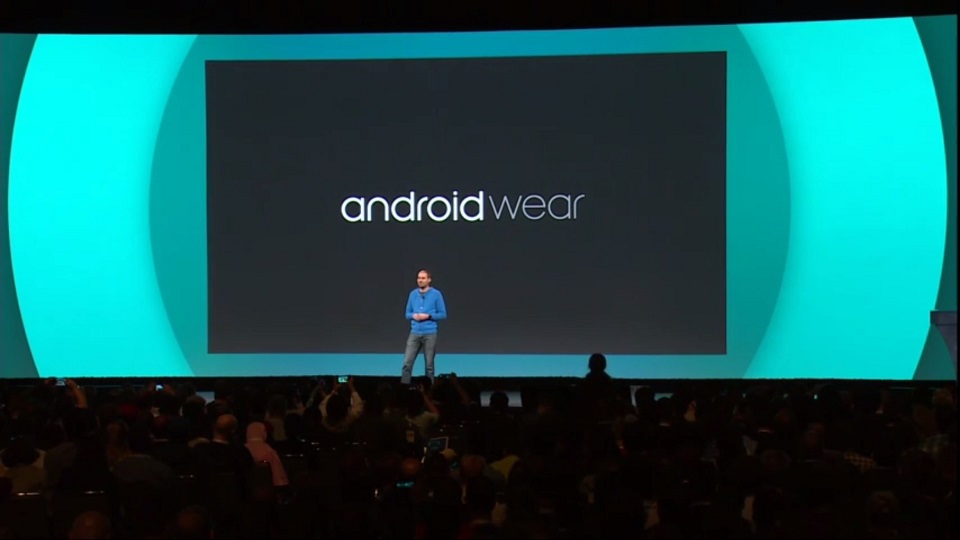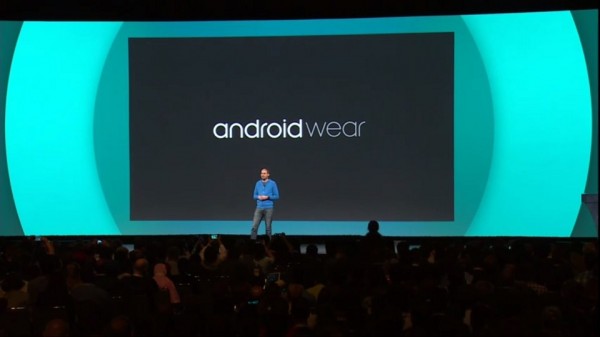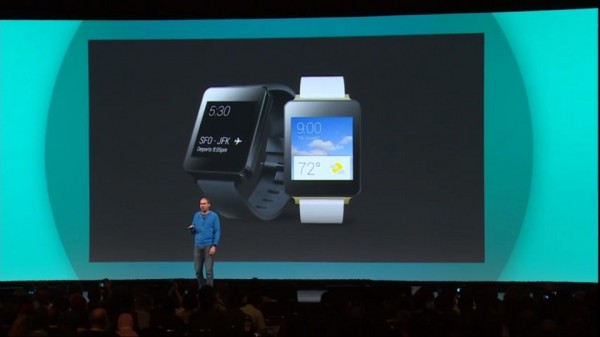With its new “branches” of Android, Google is making sure that Android Wear, Android Auto and Android TV does no go through the same experience its mobile platform did with OEMs. It appears that this time around, Google is ensuring a consistent user experience for the three new platforms by taking full control over the UI as well as the underlying software.
What this means is that OEMs such as Samsung, LG or Motorola who are developing their own Android Wear devices will all have the same UI; Google will not allow these companies to “skin” the UI in the manner that they have done with Android smartphones and tablets prevalent today. The same rule applies for Android Auto and TV, too.
One reason for this move could be that due to its highly contextual nature – with Android Wear and Android Auto in particular – Google feels there is no need for a UI skin that could disrupt the user experience. As a result, it minimizes the role of OEMs into their original state: that of the Original Equipment Manufacturer, hence reducing their influence in the software by a significant margin. In addition, it also means that Google will then be able to push timely updates to all devices, regardless of who made them.
http://www.youtube.com/watch?v=QrqZl2QIz0c
On top of that, it looks like the company has learned from its past experience with Android and applied them to its new Android “branches”. The amount of power given to Android OEMs in the past has largely been a factor behind the platform’s fragmentation issue. A Google report shows that in January 2014, close to 40% of Android devices run on versions before Ice Cream Sandwich (4.0.x). It has largely attempted to fix this issue, with Android 4.4 KitKat – the latest iteration of Android – being slimmed down significantly to the point where slower devices can still run it efficiently. As a result, more and more companies are releasing new smartphones powered right of the bat with Android 4.4.
This decision looks like it may not be a popular one with OEMs, as it would not allow their devices to be fully differentiated or offer unique features, but it should prove beneficial to Google in the long run. Reining in the power given to OEMs will ensure a consistent experience and more importantly, better distribution of Google’s exciting new software platforms.
(Source: Ars Technica)
Follow us on Instagram, Facebook, Twitter or Telegram for more updates and breaking news.





